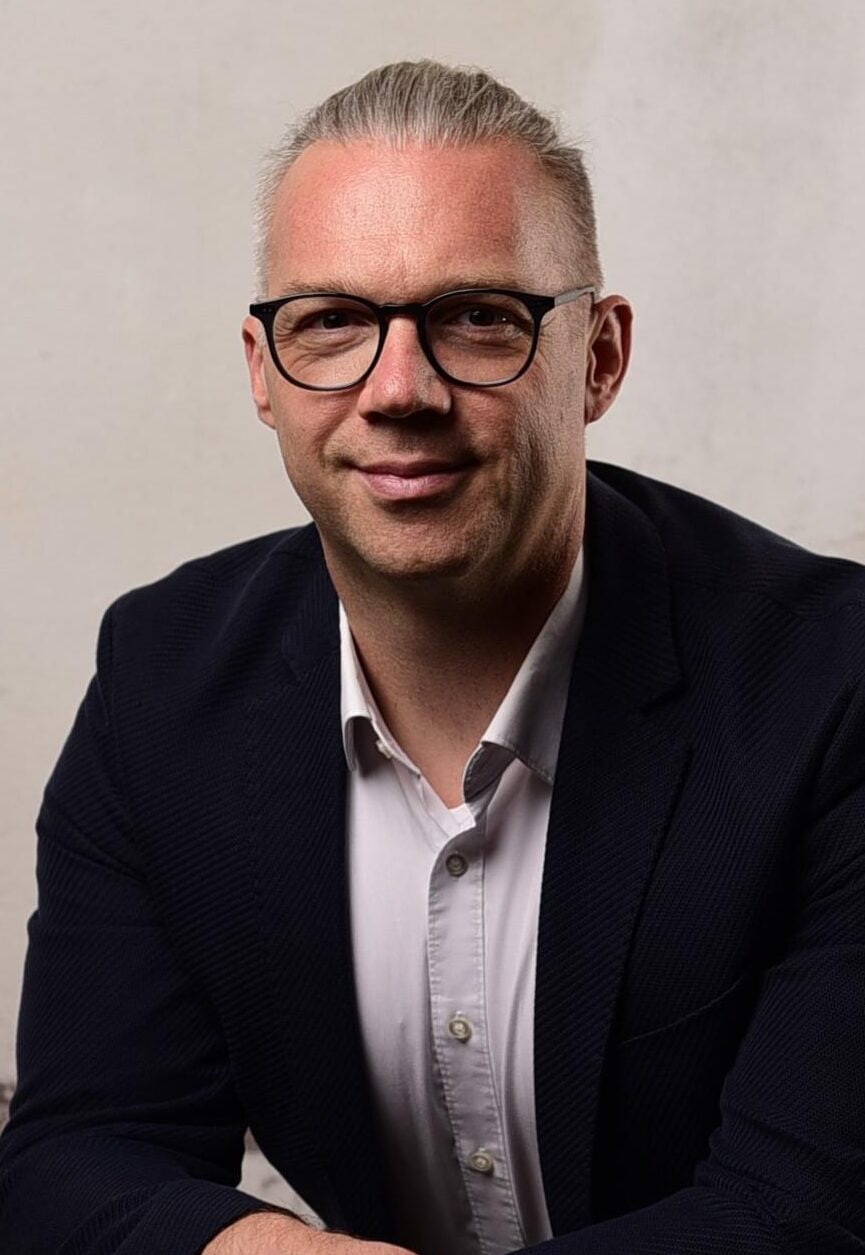
André Clausner (Engineer and physicist) joined Fraunhofer IKTS in 2013.
Since 2018 he leads the group Nanomechanics and Reliability for Microelectronics and since 2021 he leads the department Nanoanalysis and Microelectronic Materials.
His research focus is on the engineering of materials, characterization methods as well as microelectronics advanced metallization and its reliability.
He has (co)authored ~70 papers and serves in Technical Committees as well as Symposia and Conference organizing teams.
Advanced modelling and characterization for next-generation power devices
In the field of current as well as next-generation power electronic devices, understanding the influences of dislocations in wide bandgap semiconductor materials as well as the degradation processes copper (Cu) Back-End-of-Line (BEoL) stacks due to thermomechanical loading cycles are the most crucial challenges. This talk therefore focusses on advanced characterization and modelling strategies aimed at unravelling the multi-physical and multi-scale mechanisms underlying these phenomena. This leads the path towards enhanced power semiconductor and metallization technologies as well as advanced lifetime predictions for next-generation devices.
The presentation will provide an introduction to the criticality of wide bandgap semiconductors and power metallization, highlighting their significance in contemporary technological landscapes. It gives insights into the work done in AddMorePower in the field of lab- and synchrotron-based X-ray techniques like nano-X-ray tomography (nanoXCT) with high photon energies as well as Dark-Field X-ray Microscopy (DFXM). Furthermore, it shows the application of electron probe-based techniques like SEM-ECCI or TEM-TRCL towards electronics. These methodologies, combined with in-situ testing strategies, provide unprecedented insights into the morphology, structural evolution and degradation phenomena within power electronic systems.
A central aspect of this work revolves around the integration of multi-physics and multi-scale simulation frameworks tailored to model Cu degradation. By incorporating mechanical, thermal, and chemical aspects, these simulations offer a holistic view of the degradation processes, enabling comprehensive analysis of the degradation processes and predictive capabilities. The convergence of experimental insights with validated modelling approaches promises to yield towards a robust toolkit for a deep understanding and mitigating of Cu degradation phenomena with unparalleled depth.
Beside advanced modelling and characterisation, a main focus of AddMorePower is also to establish advanced data management procedures as well as modelling and characterisation protocols like MODA and CHADA.
This work is funded by the European Union under grant agreement no. 101091621. Views and opinions expressed are however those of the author(s) only and do not necessarily reflect those of the European Union. Neither the European Union nor the granting authority can be held responsible for them. Abstracts should outline the main features, results and conclusions as well as their general significance, and contain relevant references.